EU declaration conformity
Warm air heater controller | 10 A
Product description
Controller for fan speed control and heating element control. The 5-step fan speed controller works according to the temperature principle. It controls single phase motors. The combined maximum current is 10 A. The supply voltage is 230 V AC.
The controller requires an external PT500 temperature probe. An unregulated output can control external valves for hot water heating.
In heating mode, the fan and unregulated output are activated when the ambient temperature falls below the selected temperature. The fan speed can be set manually or automatically. In automatic mode, the fan speed increases when the ambient temperature drops below the selected temperature. If the ambient temperature is higher than the set temperature, the fan and uncontrolled outputs are turned off.
In cooling mode, operation is reversed.
The fan speed is controlled in steps by varying the motor voltage using autotransformer technology. This technology guarantees quiet operation of the motor.
The metal enclosure can be surface mounted in indoor environments (IP54).
Documents
Additional specifications and description
The temperature probe used for this fan speed controller is a PT500 temperature sensor. PT500 sensors are platinum resistance thermometers that exhibit a change in resistance corresponding to the measured temperature. This allows the controller to accurately monitor the ambient temperature and make appropriate adjustments to the fan speed.
Heating and cooling modes
The controller features two modes of operation: heating and cooling. In heating mode, the fan is activated when the temperature falls below the set temperature. This helps to distribute warm air and maintain the desired temperature. In cooling mode, the fan is activated when the temperature exceeds the set temperature, aiding in dissipating heat and cooling the environment.
Manual or automatic fan speed selection
The fan speed can be adjusted manually using a rotary switch. By turning the switch, you can set the desired speed from the available 5-step options. Alternatively, there is an "Auto" mode where the fan speed adjusts automatically based on the temperature difference between the measured ambient temperature and the selected threshold temperature. The greater the difference, the higher the fan speed.
Unregulated output
The controller provides an unregulated output that operates in conjunction with the fan. In heating mode, the unregulated output is typically utilized to control a hot water supply valve or activate an electric heater. When the fan is running, the unregulated output is also activated. This ensures that the heater or valve operates simultaneously with the fan, maintaining a comfortable heating environment.

Autotransformer technology
The fan speed controller employs autotransformer technology to control the motor voltage and subsequently adjust the fan speed. Autotransformer technology is used to control the motor voltage, which in turn adjusts the fan speed. An autotransformer works on the principle of electromagnetic induction, where a changing magnetic field induces a voltage in a nearby winding. In the fan speed controller, the autotransformer is connected to the fan motor. By adjusting the tap on the autotransformer, the voltage supplied to the motor can be changed, thereby altering the fan speed. The autotransformer has five taps to provide different voltage levels, corresponding to the desired speed settings. When a lower tap on the autotransformer is selected, the voltage supplied to the motor is reduced, resulting in a lower fan speed. Conversely, selecting a higher tap increases the voltage and speeds up the fan.
By utilizing autotransformer technology, the fan speed controller can smoothly adjust the motor voltage and control the fan speed in 5 steps. This allows for precise control over the airflow, ensuring optimal cooling or heating performance as required.
The use of autotransformers in fan speed control offers several benefits. It generates a sinusoidal motor voltage, which leads to quieter motor operation with reduced harmonics. The smooth voltage control also helps in extending the motor service life by minimizing stress and wear.
Solid enclosure
The fan speed controller is incorporated into a sturdy steel enclosure. This enclosure offers several advantages, including efficient heat dissipation, protecting the internal components from external factors, and providing durability. The efficient heat dissipation ensures that the controller operates within safe temperature limits, enhancing its reliability and lifespan. Additionally, the enclosure is designed with IP54 protection, which means it is resistant to dust and water ingress, making it suitable for indoor installations.

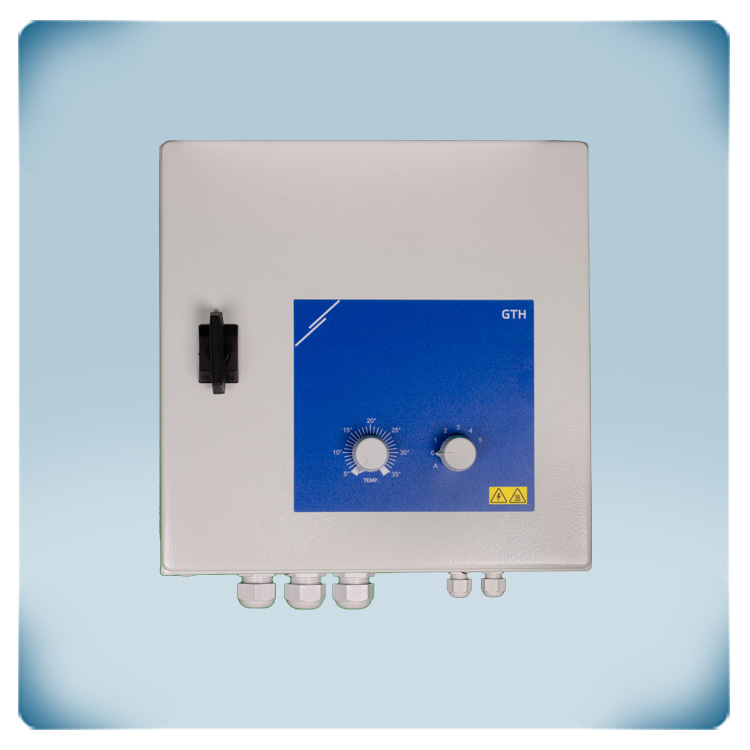
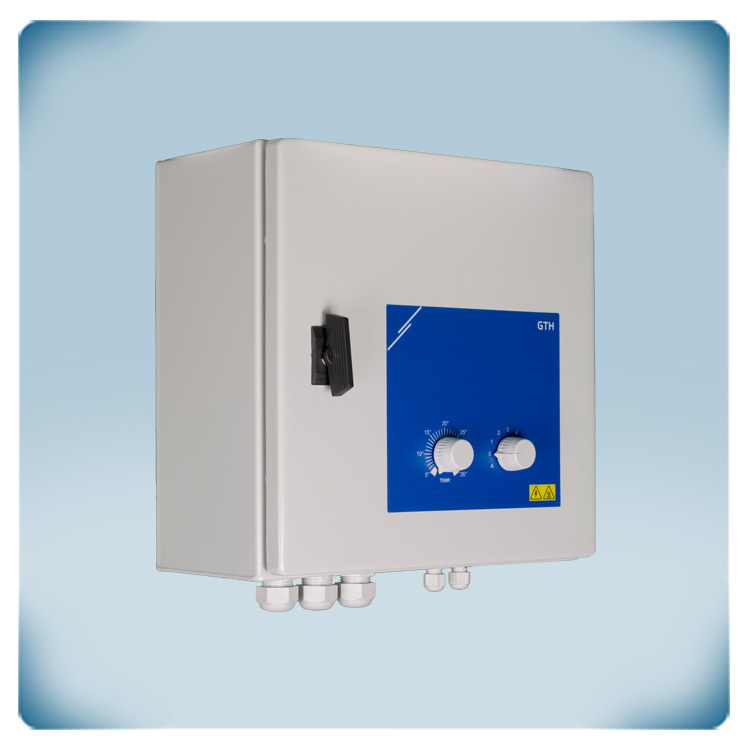
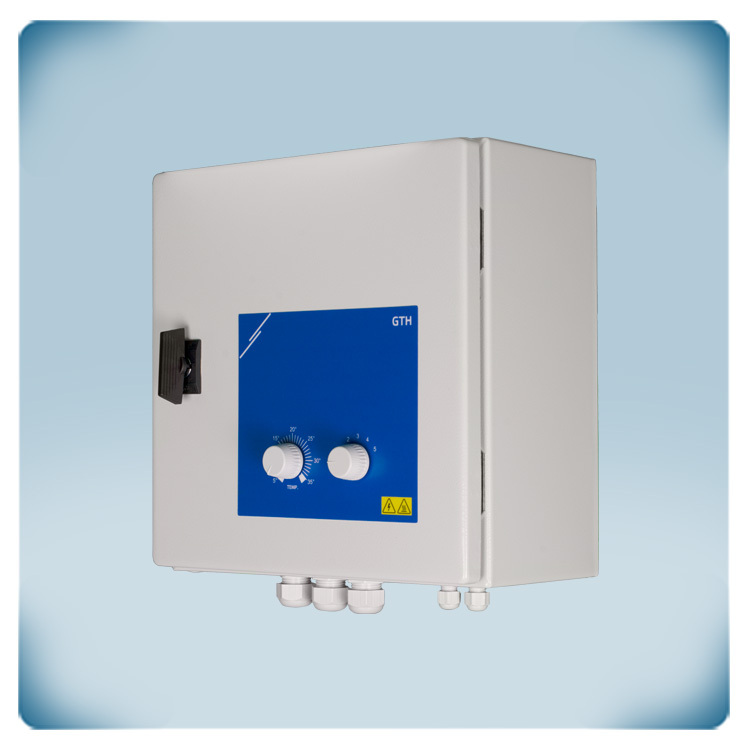

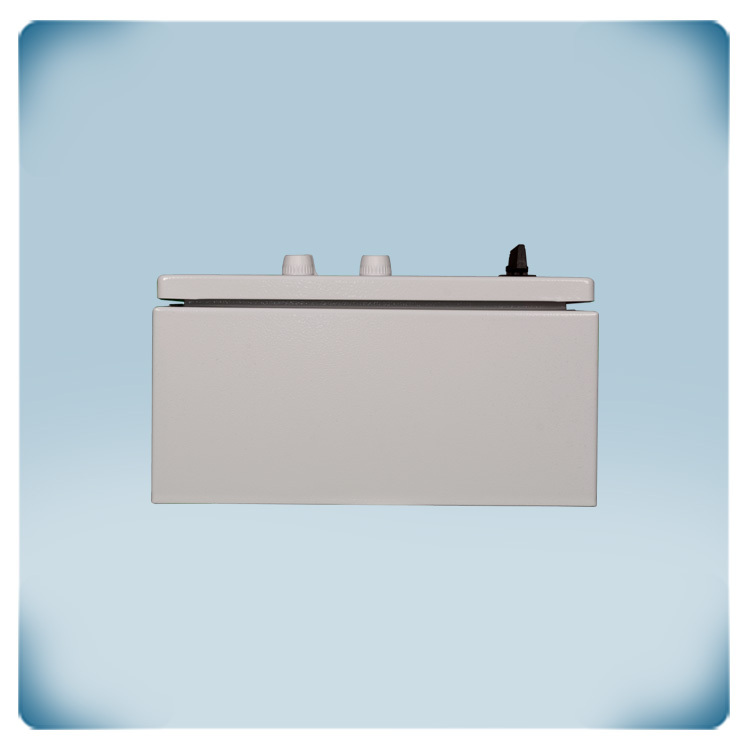
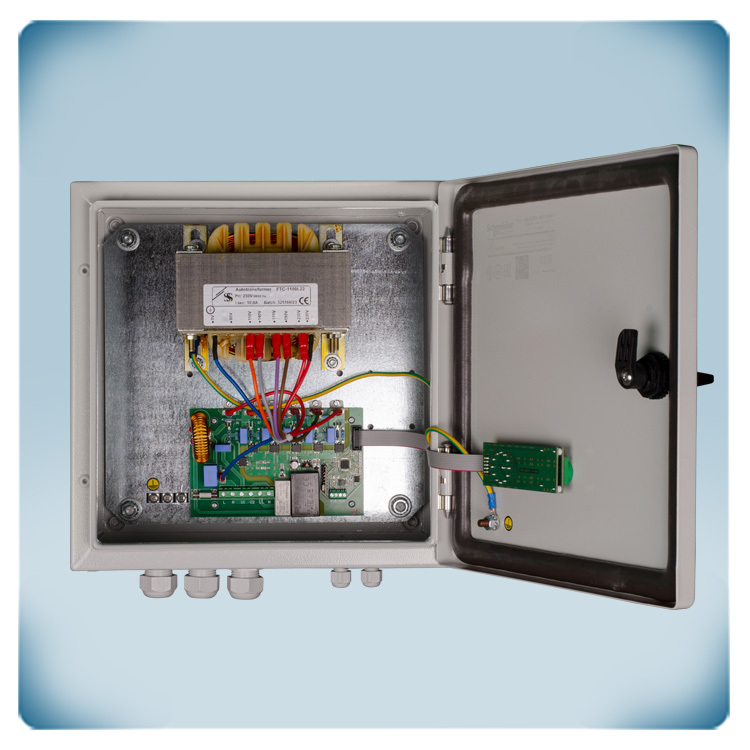
.webp)
.webp)
.webp)
.webp)
.webp)
.webp)

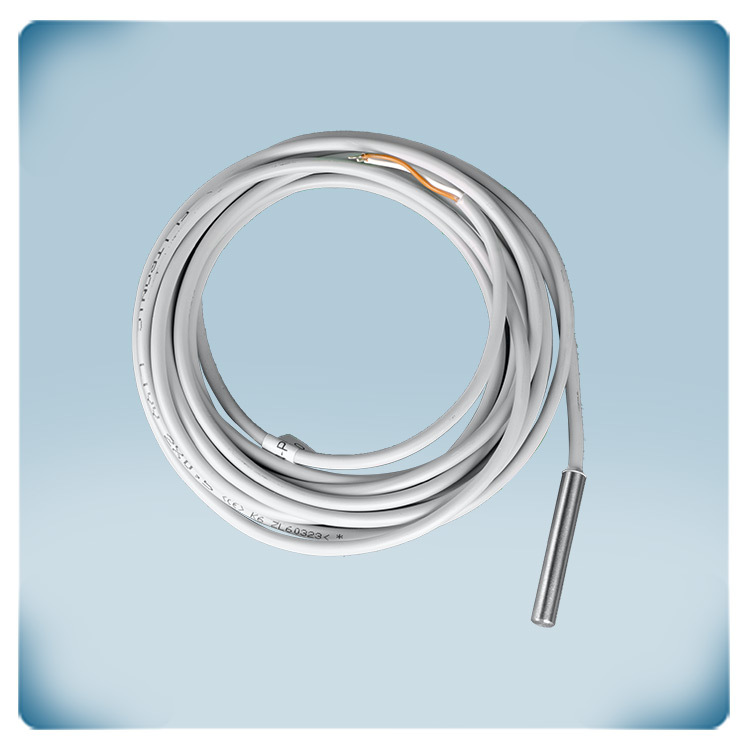

Remarks, reviews & ratings